Lacoste Logo Design: History & Evolution

Image Source: https://www.lacoste.com/id/en/lacoste/men/clothing/polo-shirts | Image Courtesy: Lacoste
Think of timeless, iconic branding in the world of fashion, the Lacoste logo design immediately springs to mind. Ah yes, that familiar green crocodile has been a staple on polo shirts, perfumes, and even tennis gear for almost a century! But have you ever stopped to ponder the history and evolution behind this beloved emblem? Well, you're in the right place for that! Our deep dive into the Lacoste logo design is going to take you on a fascinating journey from its roots to its modern-day prominence.
Born in the competitive spirit of tennis but transcending into a lifestyle brand, Lacoste has masterfully crafted a logo that symbolizes luxury, elegance, and a dash of rebelliousness. Much like the Lacoste apparel, the logo itself is a perfect blend of form and function. Its history is not just a story of design, but a tale interwoven with sports, legacy, and yes—a little bit of love for reptiles!
Stick around as we explore how a simple sketch evolved into one of the most recognizable and enduring logos in fashion history. Whether you're a designer seeking inspiration, a history buff, or just a fashion enthusiast, this look at the Lacoste logo design will have something intriguing for you!
Lacoste Logo Design
1933 - 1984
If you could hop into a time machine and zip back to 1933, you'd find yourself in a world where the Lacoste logo design was just making its grand debut. And let me tell you, it was quite the entrance! Back then, the logo showcased an intricately detailed crocodile, mouth agape as if ready to snap at any moment. Its orientation was horizontal, and the creature faced towards the right—perhaps leaping into the future, eh?
Unlike the more minimalistic versions that came later, the 1933 design was brimming with gradient shades, lending the reptile a highly realistic and vivid appearance. It was like a mini work of art embroidered onto your clothes! The nuances in shading made the crocodile seem almost lifelike, as if it could crawl right off the fabric. In terms of design, this version was definitely the most ornate Lacoste has ever featured, making it an emblem ahead of its time.
Interestingly, this initial Lacoste logo design had no accompanying text. It was just the crocodile, in all its intricate glory. Given how eye-catching the design was, perhaps the creators felt that it spoke for itself—and indeed, it did! The absence of text made this logo a pure example of visual storytelling; it was all about the crocodile and the mysterious allure it encapsulated.
You might wonder why they opted for a crocodile in the first place. Well, the crocodile was actually inspired by the nickname "Le Crocodile" given to René Lacoste, the brand’s founder and tennis legend. René earned this nickname due to his tenacity on the tennis court—much like a crocodile in the wild, he was ferocious, determined, and not easily defeated. It's one of those perfect moments where life, brand, and design intersected in harmony.
As the years rolled on towards 1984, the Lacoste logo design underwent subtle shifts but retained its core essence. It remained a celebration of detail, tenacity, and the spirit of competition. If logos could talk, this one would say: "Hey, I’m not just a brand; I’m an experience. I’m a lifestyle. I’m a statement."
So, if you're charmed by the visual aesthetic of yesteryears, the original Lacoste logo design from 1933 to 1984 offers a fascinating glimpse into how branding can both capture and evolve with the zeitgeist. And while the logo has evolved since, its initial incarnation remains a masterclass in design, imbued with historical richness that's hard to replicate.

Image Courtesy: Lacoste
1984 - 2002
A time of big hair, cassette tapes, and a decade that witnessed a big change for the Lacoste logo design. You know how we talked about the highly detailed crocodile of yore? Well, in 1984, it got a modern facelift that shaped the iconic look we're all familiar with today. Goodbye intricate gradients, hello bold and striking silhouette!
The newly designed crocodile was no longer a lifelike rendering but a bold green outline, characterized by small white details and a distinctive red tongue. Yes, the crocodile was now easier to recognize from a distance—perhaps even from across a tennis court! The transformation to a bolder silhouette aligned well with the design trends of the '80s, emphasizing simplicity and immediate brand recognition.
But wait, there's more! For the first time, the logo was paired with text. Underneath our green friend was a bold black wordmark in all capitals. And oh, how slick that typeface was—completely sans-serif with thick lines and softened edges, echoing the brand's blend of elegance and sportiness. If the old logo whispered "luxury," this one shouted "modern, sporty, and here to stay!"
The introduction of text was a big move in the world of Lacoste logo design. It meant that the brand was no longer relying solely on the crocodile to tell its story; the name Lacoste now accompanied it, grounding the logo in the brand's heritage while adding a contemporary touch. And let’s face it, the font style was effortlessly chic, something you’d expect from a brand that had always been at the intersection of sportswear and high fashion.
This 1984 revamp was much more than a redesign; it was a strategic rebranding that resonated with the fashion and sporting worlds alike. The crocodile became more than just a symbol; it transformed into a global icon synonymous with a lifestyle—one that merged athleticism with a dash of European elegance.
Between 1984 and 2002, this version of the Lacoste logo design remained relatively stable, underlining the brand’s newfound commitment to modern simplicity and universal appeal. It's as if the Lacoste crocodile grew up, matured, and got itself a trendy wardrobe—while still honoring its rich past.
So, for all you design enthusiasts, brand strategists, or fashion aficionados, this era of Lacoste logo design offers invaluable insights into how a brand can successfully evolve while staying true to its roots. From intricate artistry to bold minimalism, Lacoste managed to serve up lessons in branding that are as timeless as its polo shirts!

Image Courtesy: Lacoste
2002 - 2011
Alright, fast-forward to the early 2000s—a time when flip phones were the height of technology and low-rise jeans were, for some reason, the fashion staple. Lacoste decided this was a prime time to tweak their logo, and so the 2002 redesign came to be. What's fascinating here is that they opted for evolution rather than revolution. Instead of overhauling the whole design, they simply refined what was already great.
The most noticeable change? The size dynamics. The crocodile emblem shrunk a little, and the wordmark got a promotion, sizing up in the visual hierarchy. The letters of the wordmark were now spaced more generously, lending the logo a sense of power and solidity. It’s as if Lacoste was saying, "Hey, we've been around for decades, and we're stronger than ever."
But the crocodile wasn't left out of this growth spurt; oh no! The creature saw some aesthetic upgrades with cleaned and sharpened contours. It became sleeker, more modern, yet just as iconic. The white accents that previously adorned the reptile's body were reduced, making the design leaner and more streamlined than ever. Basically, the crocodile got a 21st-century makeover without losing its vintage charm.
Another interesting tidbit about the 2002 Lacoste logo design is the introduction of a monochrome version. This black and white iteration was primarily used for official needs and documents. It showcased the brand's ability to adapt to formal settings while retaining its core identity—talk about versatile!
So why are these subtle changes significant? Well, in the ever-evolving world of fashion, striking the balance between heritage and modernity is an art in itself. And Lacoste nailed it. They knew they had a strong brand image, so they didn't reinvent the wheel—just gave it a fresh coat of paint, so to speak.
This era in the Lacoste logo design journey epitomizes the principle of "less is more." Through careful adjustments rather than radical changes, Lacoste ensured that its crocodile would continue to symbolize both the brand's storied history and its contemporary relevance. For designers and brand strategists alike, this is a case study in how to evolve a brand subtly while maintaining its essence.
So there you have it—the 2002 to 2011 chapter of Lacoste’s iconic crocodile. It's a lesson in brand finesse, a testament to the power of nuanced adjustments that can usher a logo into a new era while letting it remain true to its roots.

Image Courtesy: Lacoste
2011 - Present
So, here we are, smack dab in the modern era where smartphones rule our lives and "athleisure" is actually a word. It was during this period, specifically in 2011, that Lacoste decided to make yet another series of changes to its iconic crocodile logo. This time around, the focus was on amplifying the text, but let's not get ahead of ourselves.
Firstly, our beloved green crocodile shrunk a bit more. The idea wasn't to minimize its importance but to make room for something else—the inscription. Yes, the brand name beneath the croc got yet another size boost. This sizing shift makes sense in today's digital age, where brand names need to be legible on screens big and small.
Now, let's talk about the lettering. It underwent a significant transformation, switching to a typeface that's thinner and stricter. Gone were the rounded edges, replaced by straight, distinct cuts. This lent a new sense of seriousness, dedication, and timeless reliability to the whole image. It’s as if Lacoste is saying, "Hey, we’re not just about casual sophistication; we mean business too."
What's captivating about this era in Lacoste logo design is how well it reflects the needs and aesthetics of modern times. Today's consumer looks for both style and substance, gravitating towards brands that offer reliability without skimping on elegance. The new typeface captures this balance beautifully, making it easier to envision the logo on a wider range of products, from high-end apparel to tech gadgets perhaps.
Interestingly, the more simplified and stylized the crocodile gets, the more universal its appeal becomes. It transitions seamlessly from the tennis court to a business meeting to a casual outing with friends. That's the brilliance of these design choices—they may appear subtle but have profound implications for the brand's identity and market reach.
In summary, the 2011 to present chapter in the Lacoste logo design story is a masterclass in adapting to the modern world without losing sight of one's origins. The brand has successfully navigated the tightrope between tradition and innovation, offering valuable insights for anyone interested in design or branding.
And there you have it, folks! We've traveled from the intricate details of the 1933 crocodile to its sleek, modern version, witnessing a brand that knows how to evolve while keeping its core essence intact. If you ever wondered how a logo can traverse decades and still feel fresh, just take a look at Lacoste.

Image Courtesy: Lacoste
Analysis: Lacoste Logo Design Evolution
So, we've journeyed through decades of iconic design, witnessing the Lacoste logo shift from an intricate crocodile to a sleek, modern symbol. Now, it's time for some deep dives, the nitty-gritty of what makes this such an intriguing case study. Ready? Let's hop into the analysis!
Balance Between Tradition and Modernity
One of the most striking things about the Lacoste logo design is its ability to maintain a careful balance between tradition and modernity. Whether it was the detailed realism of the 1933 version or the minimalist silhouettes of recent years, the logo never lost its intrinsic link to the brand's heritage. It's like a family recipe passed down through generations but with a pinch of new spices each time.
Adaptation to Technological and Cultural Trends
From gradient shades to solid colors to monochrome versions, the Lacoste logo has consistently adapted to the trends and technologies of the times. The smaller size and increased legibility of the wordmark, for example, makes it easier to recognize the brand in today's digital landscape. In a nutshell, Lacoste keeps its finger on the pulse of cultural and technological shifts.
The Power of Simplicity
As the design became more simplified, the brand's global appeal grew exponentially. The logo's movement towards a minimalist aesthetic allows it to resonate with a broader audience without diluting its iconic status. It's a classic example of how sometimes less really is more, especially when it comes to building a timeless brand.
Versatility Across Multiple Platforms
The changes in size and design have made the logo incredibly versatile. It's no longer just an emblem on polo shirts; it's a symbol that can be easily adapted for digital platforms, official documents, or even high-fashion collaborations. This adaptability ensures that Lacoste remains relevant across various markets and media.
Conveying Brand Values Through Design
Each design tweak subtly reinforces the brand's values of elegance, sportiness, and sophistication. The font changes in the recent versions, for instance, convey a sense of reliability and timelessness—values that resonate deeply with today's consumer.
In wrapping up, the Lacoste logo design evolution offers an inspiring lesson in how a brand can adapt, thrive, and maintain its core identity through changing times. For designers, brand strategists, and fashion aficionados alike, it's a textbook example worth studying and, honestly, just a darn cool story.

Image Source: https://www.instagram.com/lacoste/ | Image Courtesy: Lacoste
The Philosophy & Meaning Behind Lacoste Logo Design
Ever wondered what goes through a designer's mind when crafting a logo? Or maybe you've been curious about the meaning behind that iconic green crocodile? Let's dive into the philosophy and deeper significance of the Lacoste logo design. Trust me; it's more than just a snappy reptile!
A Personal Story
Did you know that the Lacoste logo was born from a bet between René Lacoste and his team captain? They wagered a crocodile-skin suitcase on a match, and though Lacoste didn't win, he got the nickname "The Crocodile." The logo embodies this personal tale, linking it to competitive spirit and ambition—values at the heart of the brand.
A Symbol of Endurance
Crocodiles are ancient creatures that have survived for millions of years. Similarly, Lacoste has endured through economic ups and downs, fashion trends, and cultural shifts. The crocodile in the Lacoste logo design symbolizes not just survival but thriving in a constantly changing environment.
Sports and Sophistication
The brand was founded by a tennis legend, and its logo reflects the essence of sportsmanship—agile, competitive, and spirited. Yet, there's an elegance to the design that speaks to the brand's fashion-forward image. It's like the love child of a sports arena and a Parisian runway.
Global Appeal
The simplicity and universality of the design allow it to transcend cultural barriers. Whether you're in New York, Tokyo, or Buenos Aires, the Lacoste logo has a consistent, recognizable identity. This global resonance is key to the brand's international success and speaks volumes about the thoughtfulness behind its design.
Sustainable Future
With growing concerns about sustainability, the Lacoste logo has even been used to draw attention to endangered species. Remember those limited-edition shirts where the crocodile was replaced with other endangered animals? It's a sign that the brand is aware of its role in broader ecological and societal issues.
So, there you have it—the philosophy and meaning baked into the Lacoste logo design are as layered and rich as a triple chocolate cake. It's more than just a stylish emblem; it's a condensed narrative of ambition, endurance, sophistication, and adaptability with a side of global and social awareness.

Image Source: https://www.instagram.com/lacoste/ | Image Courtesy: Lacoste
What Can We Learn from Lacoste Logo Design
How often do you look at a logo and think, "Man, there's a lot to learn from this?" Well, if you've been following our deep dive into the Lacoste logo design, you're probably buzzing with ideas and inspiration right now. So let's explore what valuable lessons this iconic crocodile can teach us, shall we?
The Power of Storytelling
One of the standout features of the Lacoste logo is its rootedness in a compelling story—René Lacoste's bet and subsequent nickname, "The Crocodile." A memorable story not only adds layers of meaning but also humanizes the brand. Lesson: Your brand isn't just a product; it's a narrative. Make it a good one.
Adaptability is Key
If the Lacoste logo design journey has shown us anything, it's the importance of adaptability. From intricate drawings to sleek minimalism, the logo has adapted to various trends without losing its essence. The takeaway? Always be willing to evolve but remain true to your core identity.
Consistent Brand Messaging
Through decades of changes, the Lacoste logo has consistently conveyed its brand values: sportiness, elegance, and reliability. It proves that visual consistency can build and maintain consumer trust over time. The lesson here is to keep your brand's messaging and visual elements in sync.
Less Can Be More
As the logo simplified over time, its global appeal actually broadened. That's a clear testament to the power of minimalism in design. So, whether you're creating a logo or any other design piece, don't underestimate the impact of simplicity. It can speak volumes.
Social Responsibility Matters
The limited-edition shirts that replaced the crocodile with other endangered animals were more than just a fashion statement. They showed the brand's social awareness and willingness to engage with larger issues. The takeaway? Social responsibility can and should be integrated into brand identity.
So, in a nutshell, the Lacoste logo design serves up a rich platter of insights—from the importance of storytelling and adaptability to the value of consistency, simplicity, and social awareness. It's not just a logo; it's a masterclass in intelligent design and brand strategy.
Conclusion
And there we have it, folks—a journey through the fascinating evolution of the Lacoste logo design! From its early days as a detailed reptilian figure to its modern minimalist charm, the logo is a masterclass in adaptability, storytelling, and brand consistency. It's more than just a stylish emblem; it's a lesson in how to create a timeless, globally recognized brand. So, the next time you spot that iconic crocodile, you'll know there's a whole world of design wisdom stitched right in. Thanks for tagging along on this deep dive, and as always, keep it snappy!
Let Us Know What You Think!
These fantastic logo design articles are written and curated by Kreafolk's team. We hope you enjoy our information and remember to leave us a comment below. Cheers!

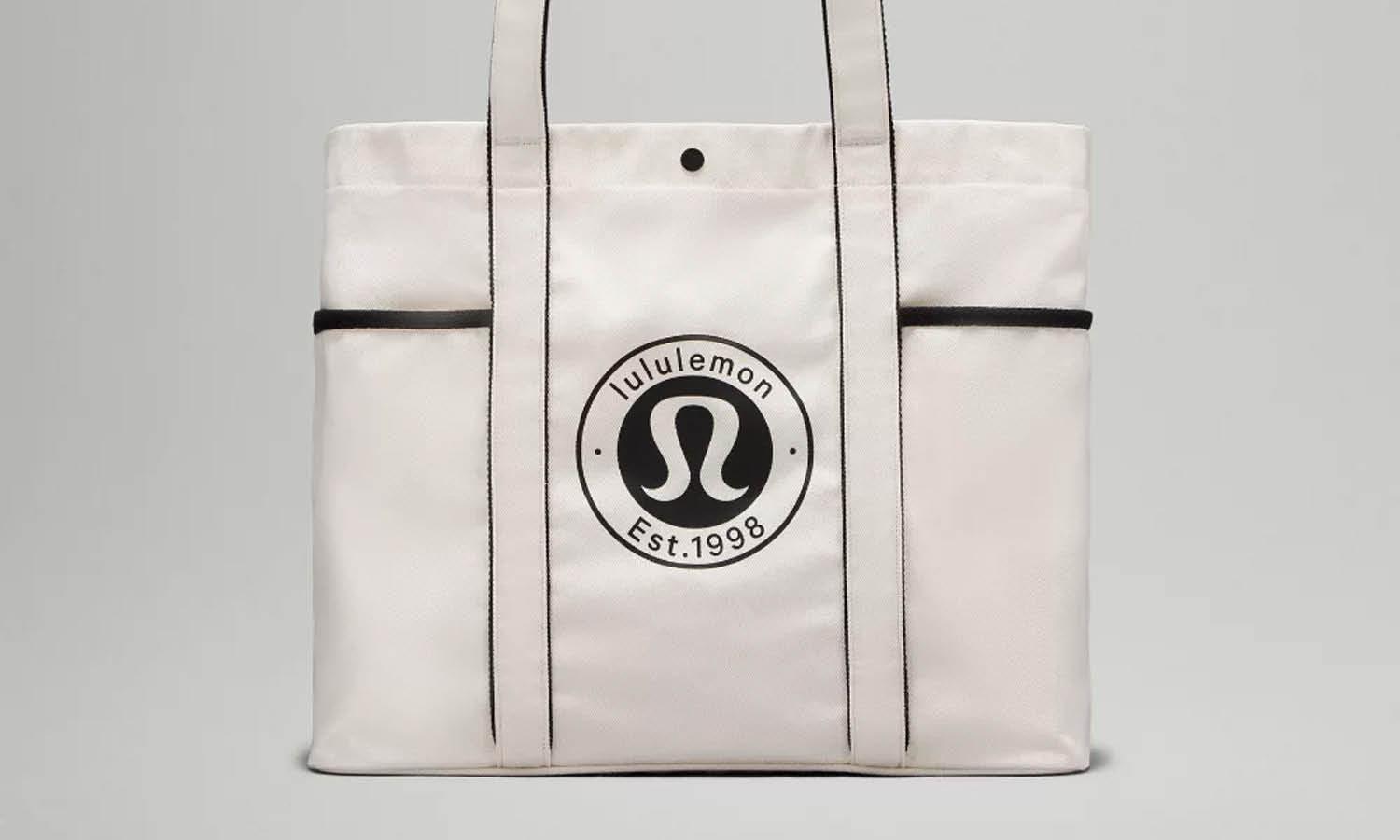
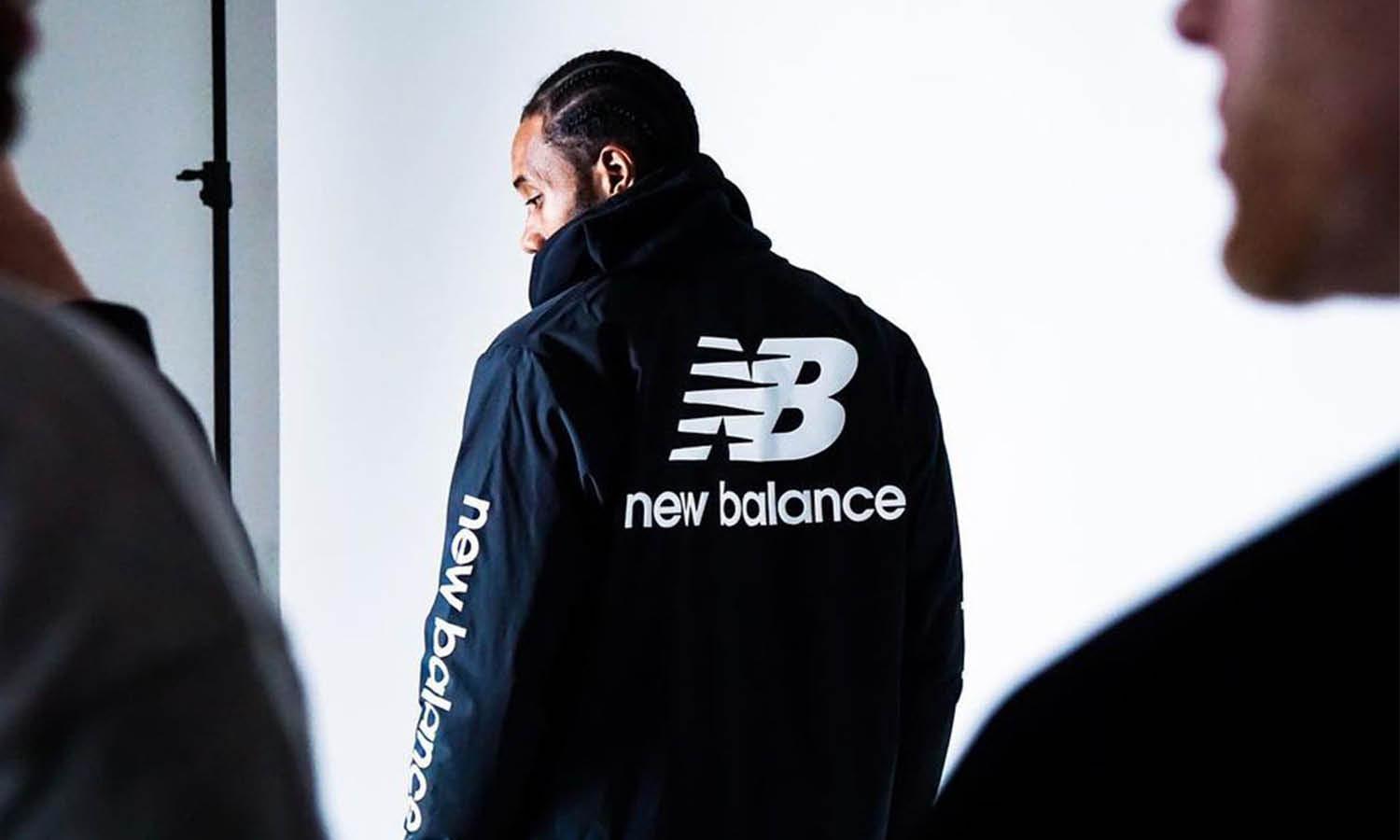

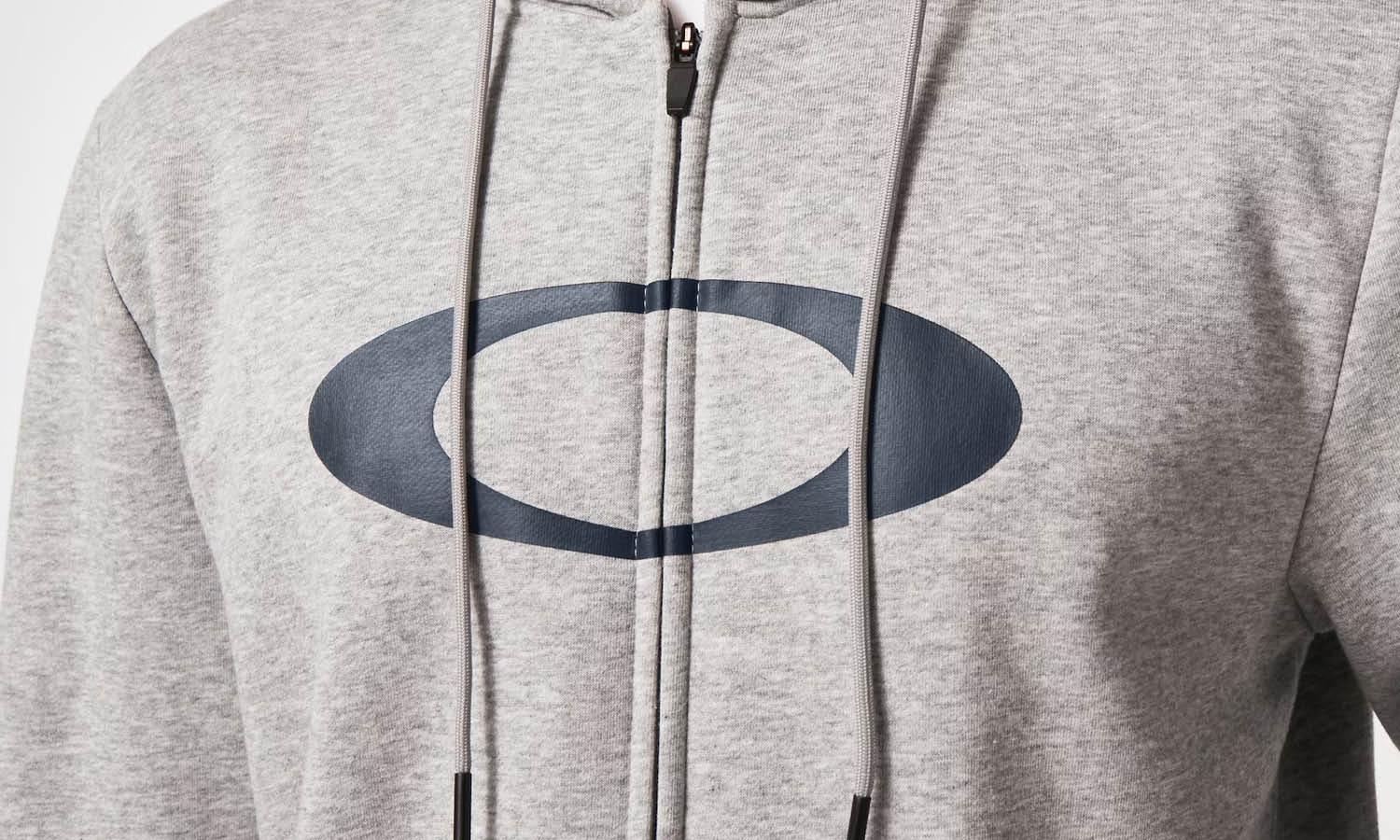
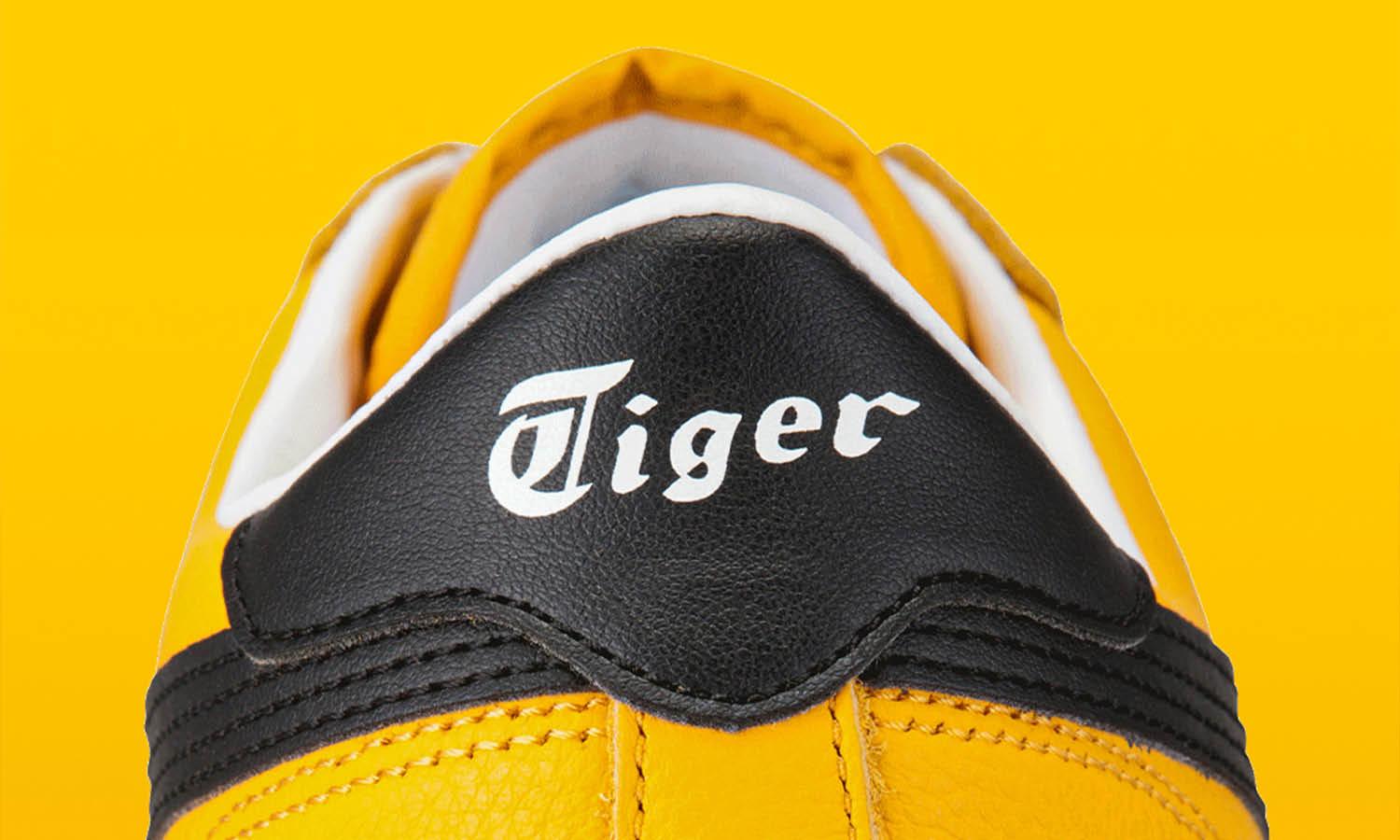
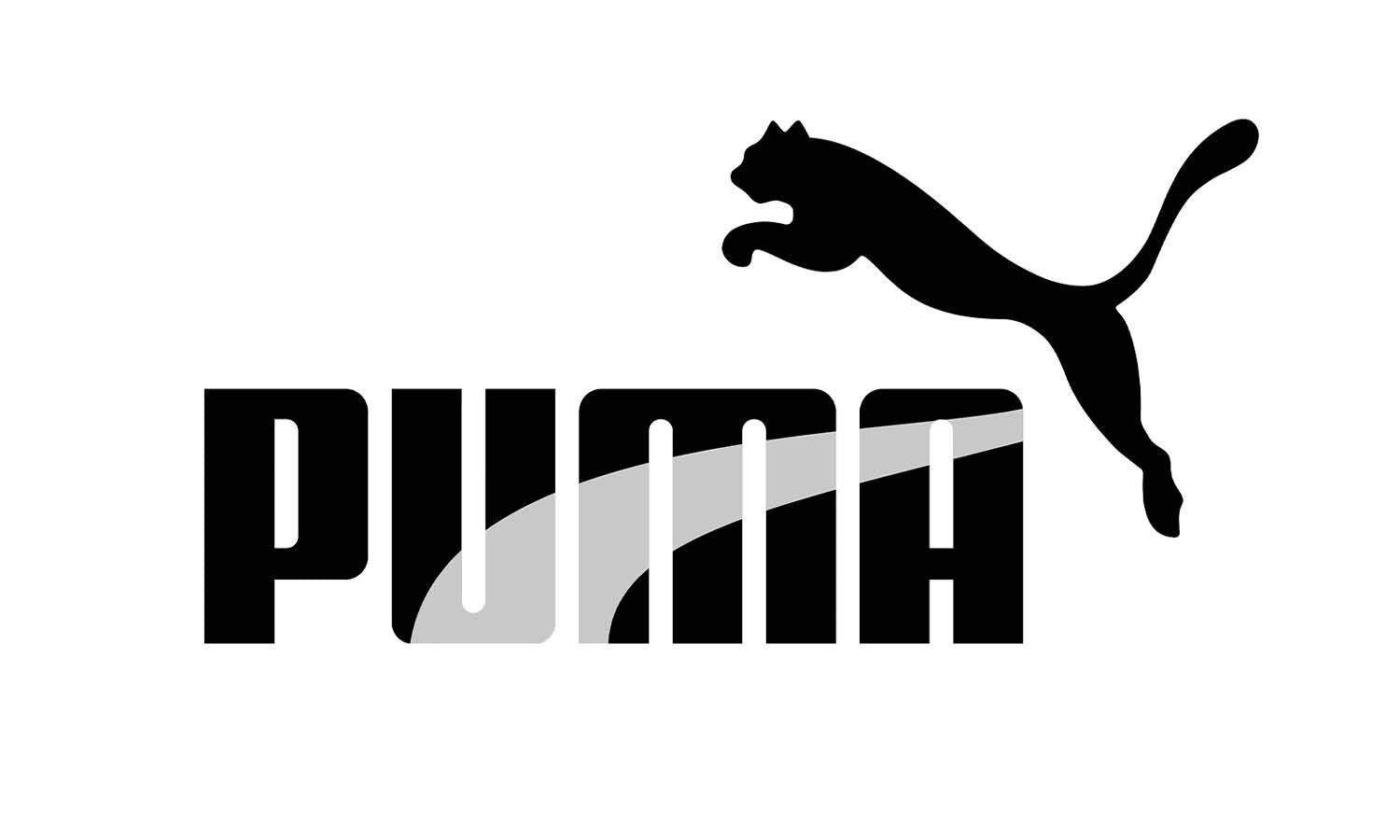
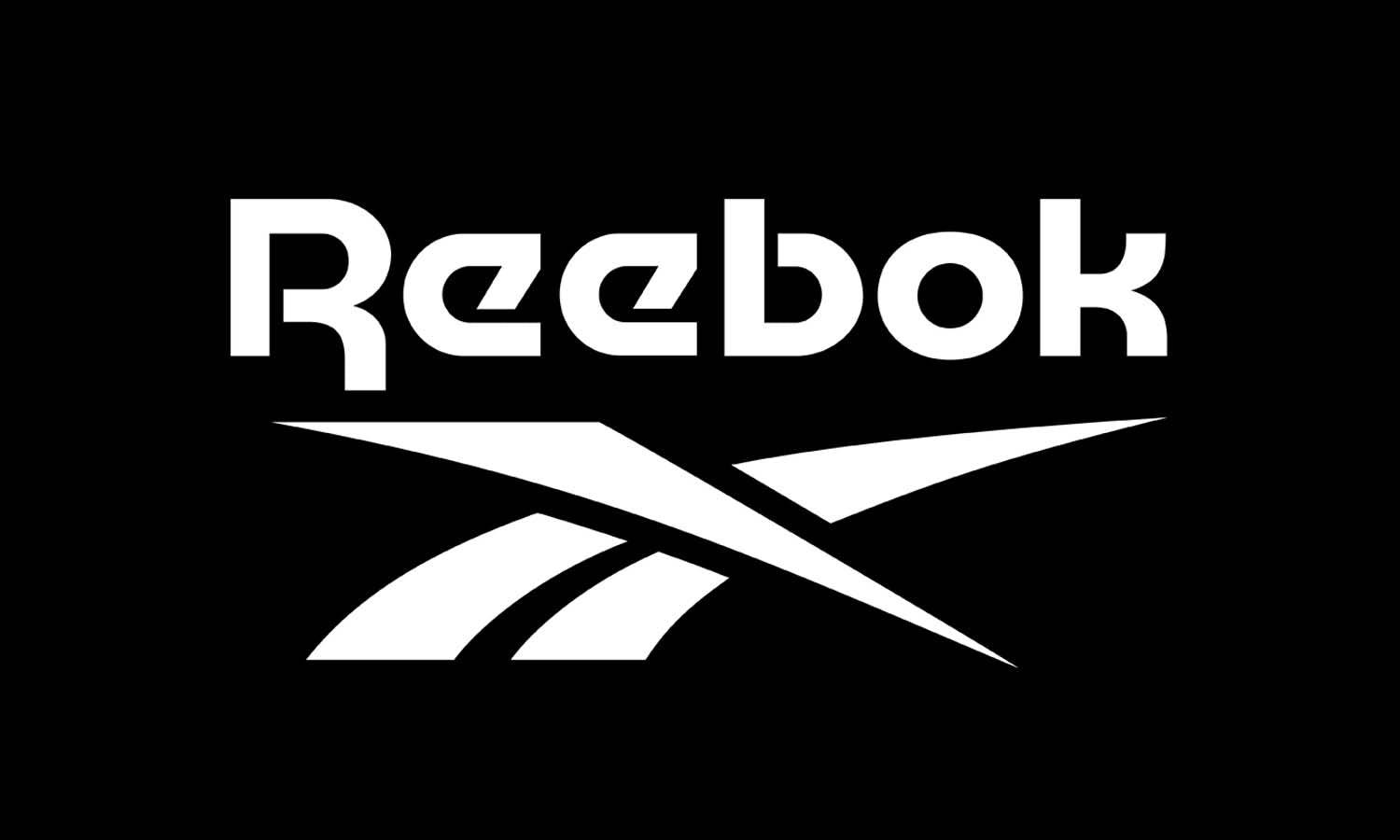








Leave a Comment